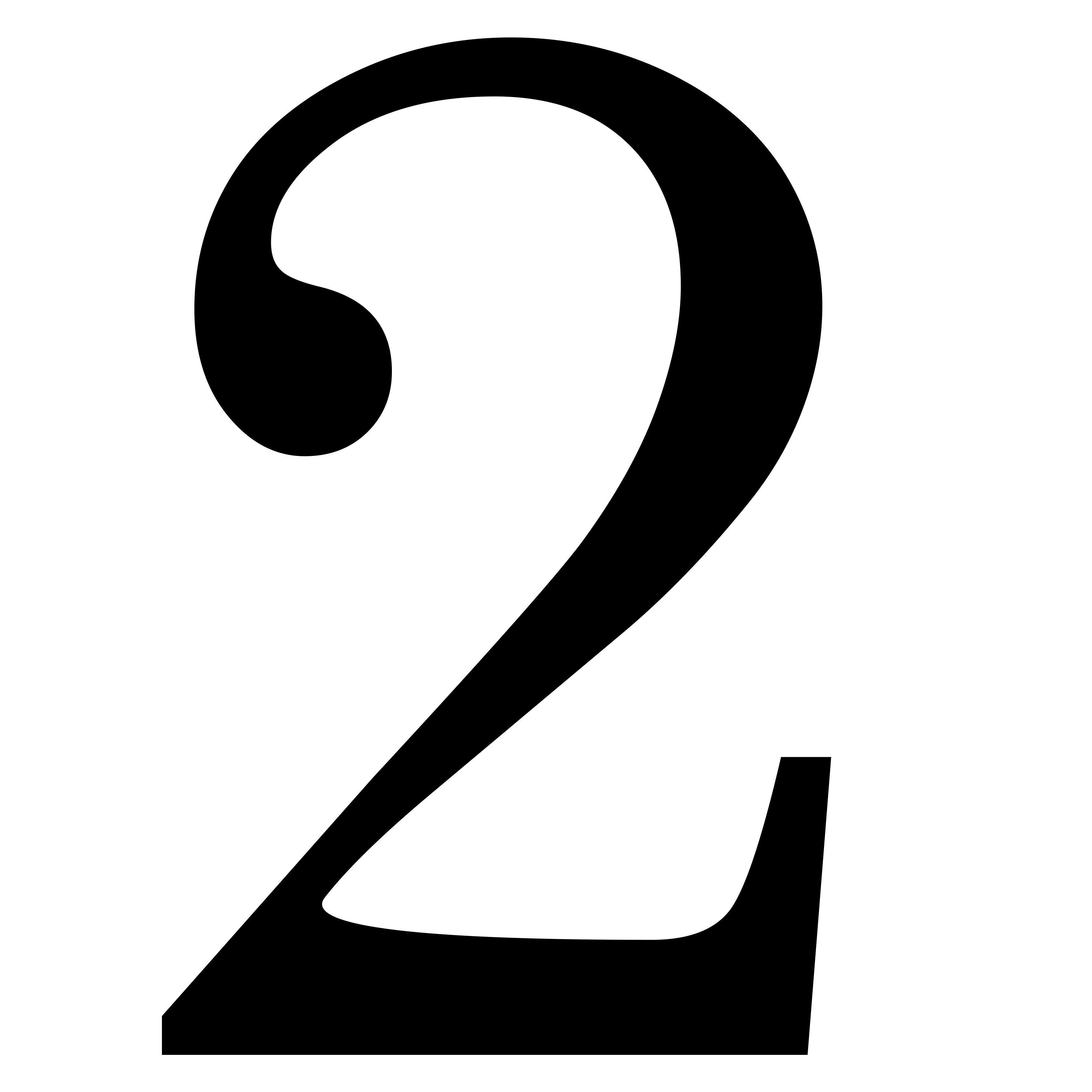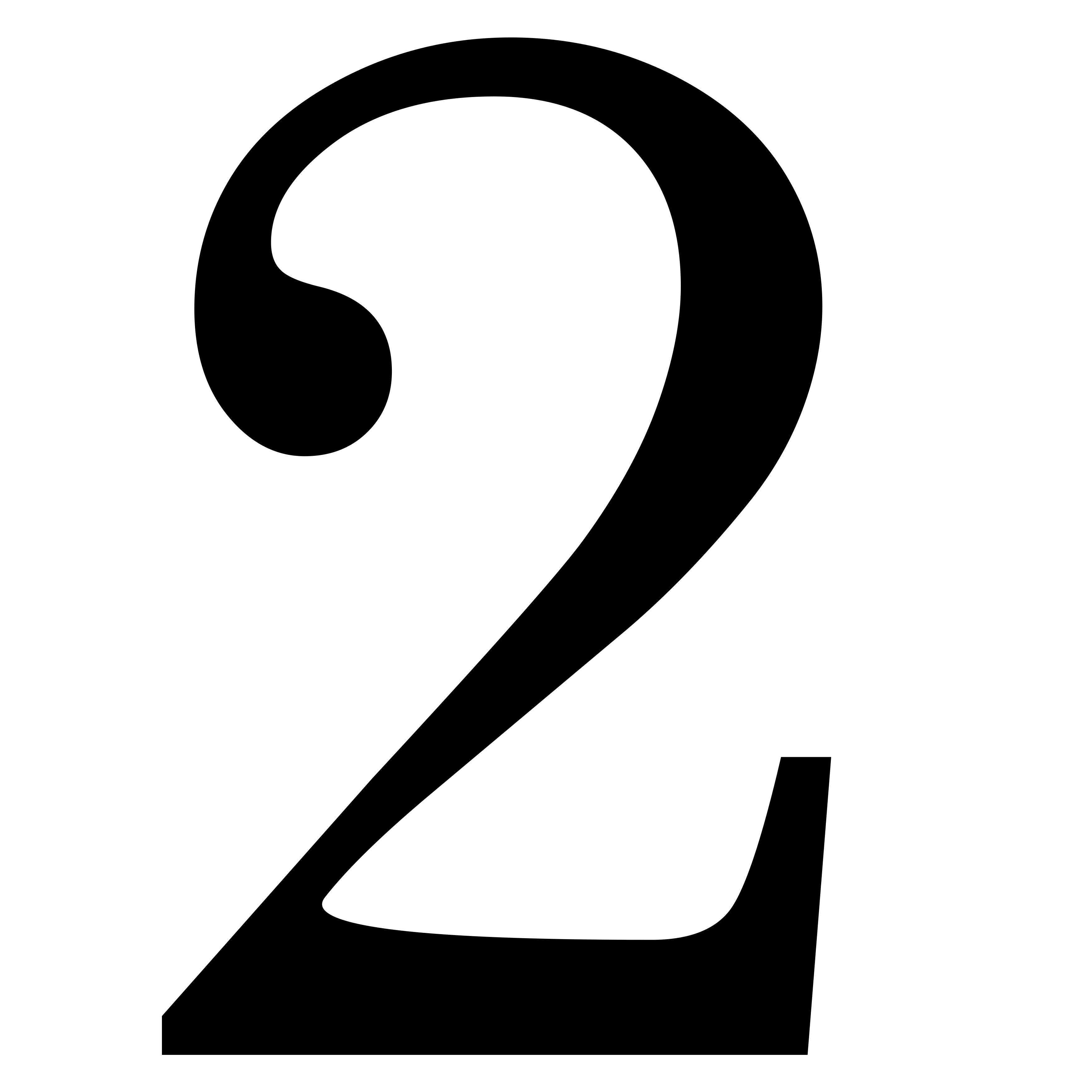How many sig figs do you use for standard deviation – How many significant figures do you use for standard deviation? Understanding the answer to this question is crucial for ensuring the accuracy of your data analysis. In this comprehensive guide, we will explore the concept of standard deviation, its significance in data analysis, and the impact of significant figures on its calculation.
By delving into real-world applications and providing practical examples, we aim to equip you with the knowledge and skills to confidently handle standard deviation calculations and interpret results.
Standard Deviation and Significant Figures

Standard deviation is a statistical measure that quantifies the spread or variability of data points from their mean value. It is an essential tool in data analysis, providing insights into the distribution and consistency of data.
Significant figures, also known as significant digits, refer to the number of digits in a numerical value that are considered reliable. They impact the accuracy of standard deviation calculations because the precision of the standard deviation is limited by the number of significant figures in the data.
Impact of Significant Figures
When calculating standard deviation, it is crucial to consider the significant figures of the data points. If the data contains fewer significant figures, the standard deviation will have fewer significant figures as well.
When it comes to expressing the standard deviation, the number of significant figures used is determined by the precision of the measuring instrument. For instance, if a pH meter has a precision of 0.01, the standard deviation should be reported to two significant figures.
In the human body, phosphate buffers play a crucial role in maintaining pH balance. Phosphate buffers work by regulating the concentration of hydrogen ions . This is essential for maintaining the proper functioning of cells and tissues, as even a slight change in pH can have significant consequences.
The standard deviation of pH measurements in the human body can provide valuable insights into the health and stability of various physiological processes.
For instance, if data points have only two significant figures (e.g., 12.0, 13.0), the standard deviation calculated from these values will also have only two significant figures. This is because the standard deviation is derived from the differences between data points and the mean, and these differences are limited by the precision of the data.
Significant figures in standard deviation are important because they represent the accuracy of the calculated value. Reporting a standard deviation with more significant figures than the data allows can lead to misinterpretation and false precision.
Therefore, it is essential to be aware of the significant figures in the data when interpreting standard deviation results. The number of significant figures in the standard deviation should not exceed the number of significant figures in the data.
Determining Significant Figures in Standard Deviation
To determine the number of significant figures in a standard deviation value, follow these guidelines:
- The number of significant figures in the standard deviation is the same as the number of significant figures in the least precise measurement used to calculate it.
- When adding or subtracting standard deviations, the result should be rounded to the least number of decimal places of the two standard deviations being combined.
- When multiplying or dividing standard deviations, the result should be rounded to the same number of significant figures as the standard deviation with the fewest significant figures.
Significant Figures in Calculations
When performing calculations involving standard deviations, it’s important to adhere to the rules for adding, subtracting, multiplying, and dividing significant figures:
- Addition and Subtraction:The result should be rounded to the least number of decimal places of the two numbers being combined.
- Multiplication and Division:The result should be rounded to the same number of significant figures as the number with the fewest significant figures.
Examples and Applications
Understanding the impact of significant figures on standard deviation is crucial in various real-world applications.
Table of Examples, How many sig figs do you use for standard deviation
Consider the following table illustrating standard deviation calculations with varying significant figures:
| Data Set | Standard Deviation (with Significant Figures) |
|---|---|
| 10.0, 12.0, 14.0 | 1.4 (2 sig figs) |
| 10.00, 12.00, 14.00 | 1.40 (3 sig figs) |
| 10.000, 12.000, 14.000 | 1.400 (4 sig figs) |
As evident from the table, the number of significant figures in the data set directly affects the significant figures in the calculated standard deviation.
Real-World Applications
Understanding significant figures in standard deviation is crucial in fields such as:
- Scientific research:Accurately reporting experimental results and drawing valid conclusions.
- Manufacturing:Ensuring quality control and minimizing production errors.
- Healthcare:Interpreting medical data and making informed decisions.
- Finance:Analyzing financial data and making investment decisions.
Final Wrap-Up: How Many Sig Figs Do You Use For Standard Deviation

In summary, understanding the appropriate number of significant figures to use for standard deviation is essential for maintaining the accuracy and reliability of your data analysis. By following the guidelines Artikeld in this guide, you can ensure that your standard deviation calculations are precise and meaningful, enabling you to make informed decisions based on your data.
Top FAQs
How do I determine the number of significant figures in a standard deviation value?
To determine the number of significant figures in a standard deviation value, follow these guidelines:
- Identify the number of significant figures in each of the data points used to calculate the standard deviation.
- The standard deviation value should have the same number of significant figures as the data point with the least number of significant figures.
Why is it important to use the correct number of significant figures in standard deviation calculations?
Using the correct number of significant figures in standard deviation calculations ensures that the reported value is accurate and meaningful. Incorrectly rounding the standard deviation can lead to misleading conclusions and affect the validity of your data analysis.
